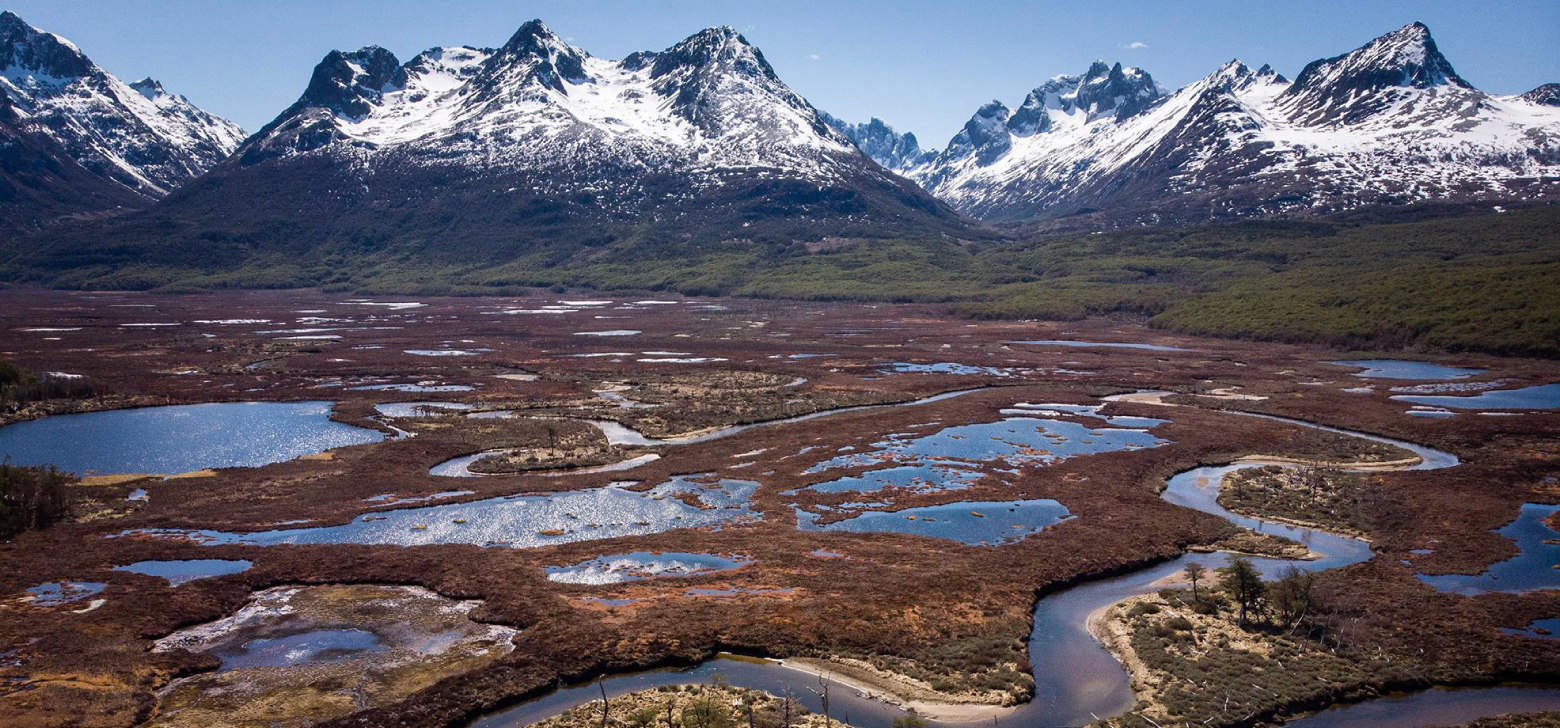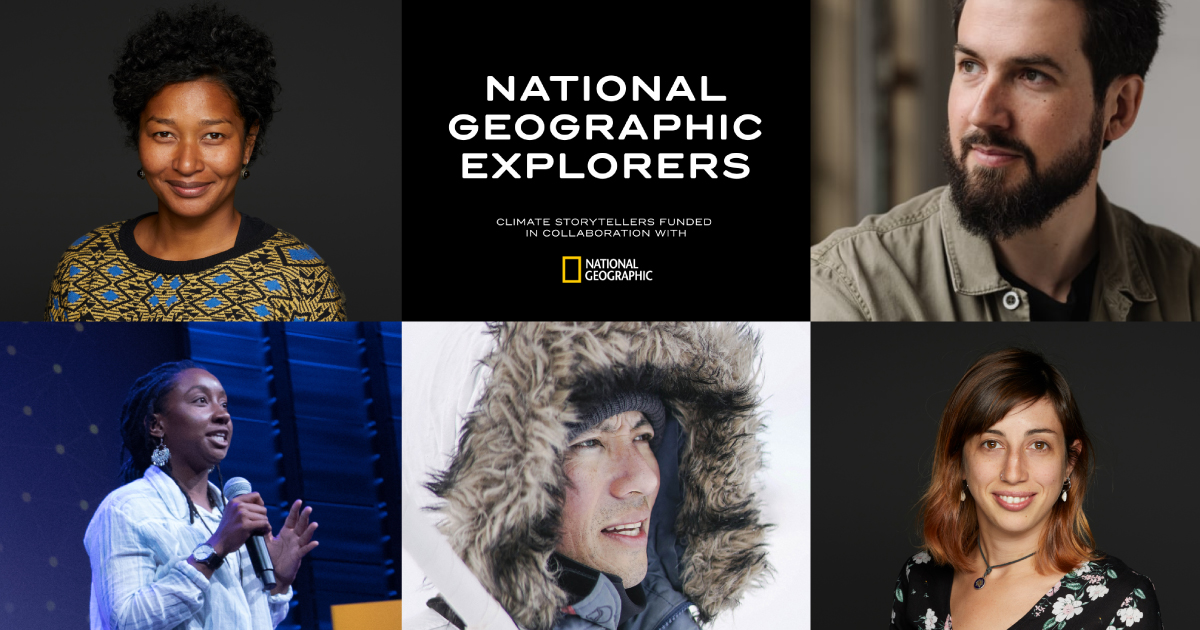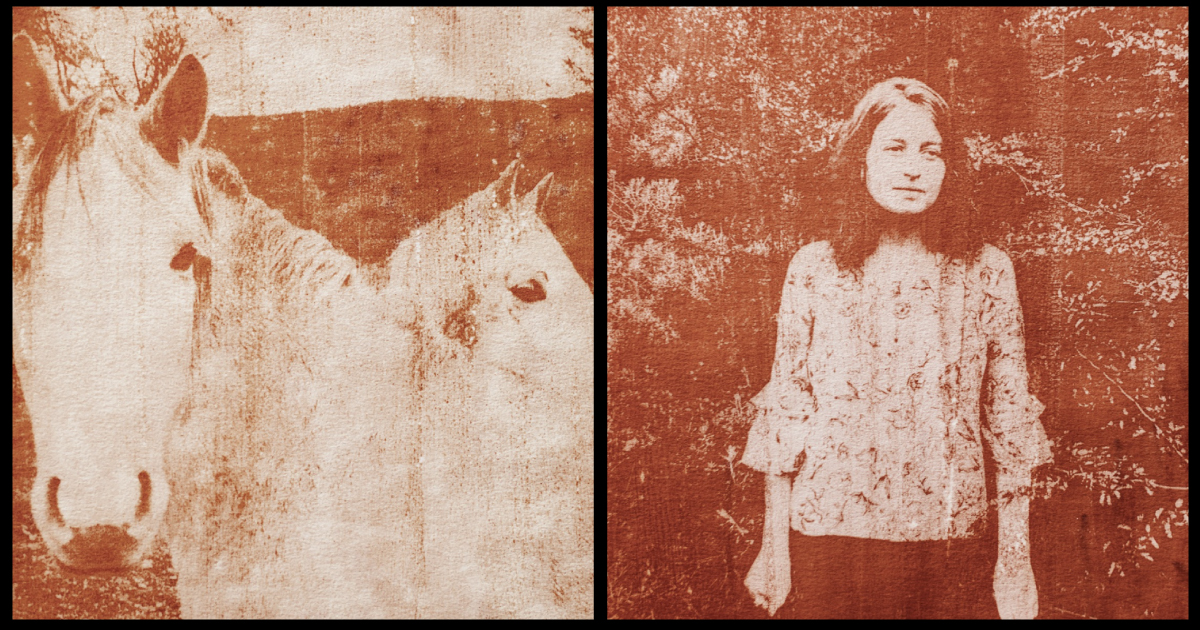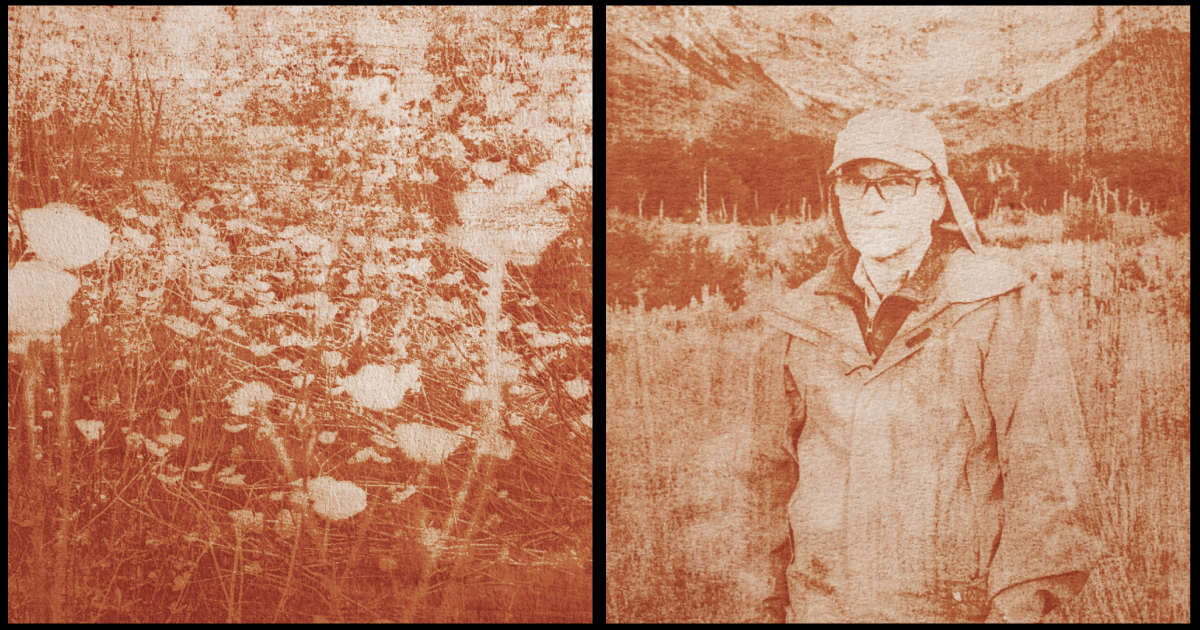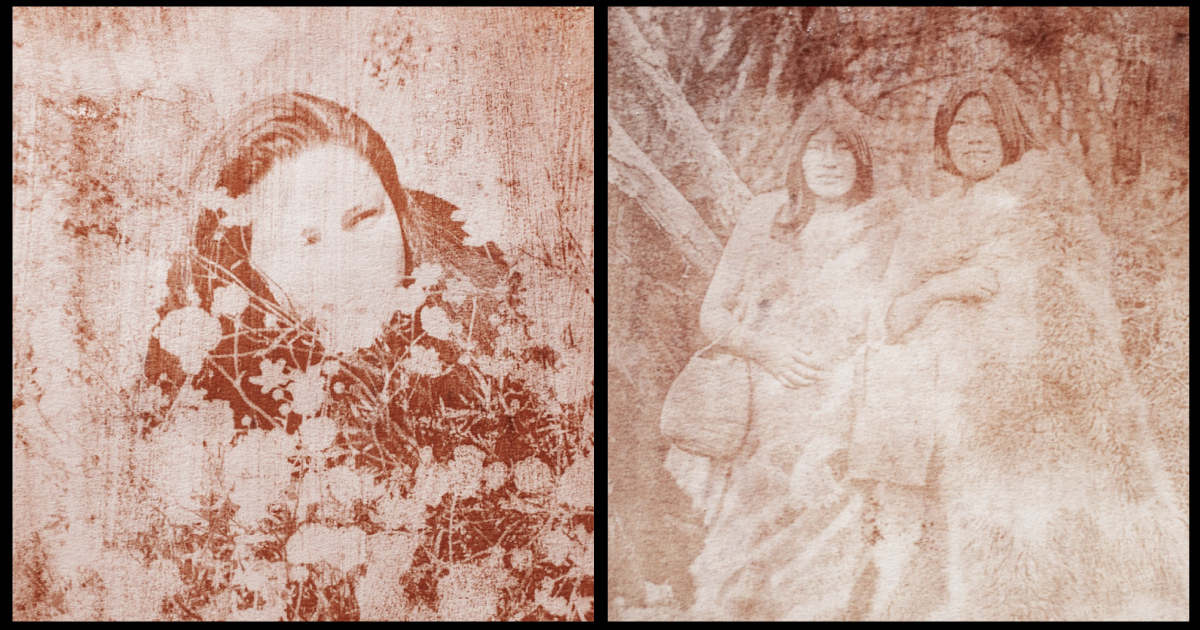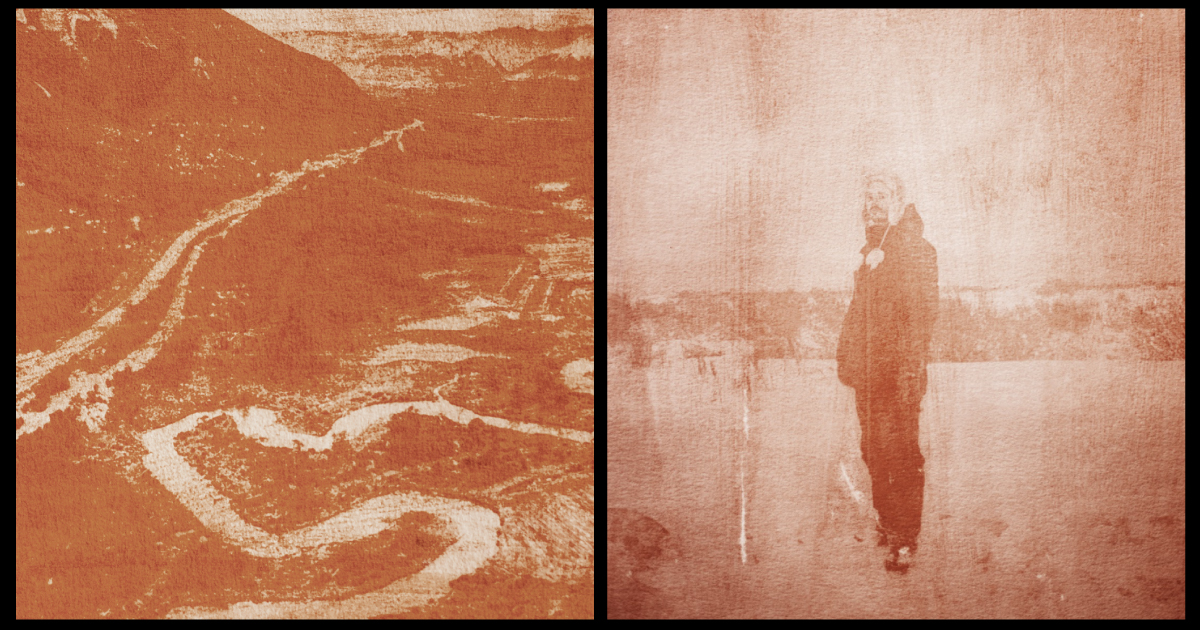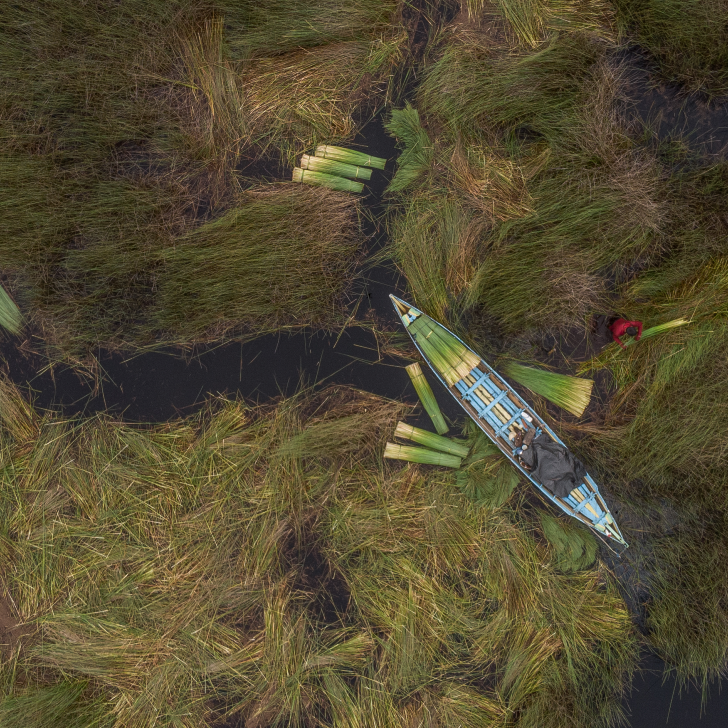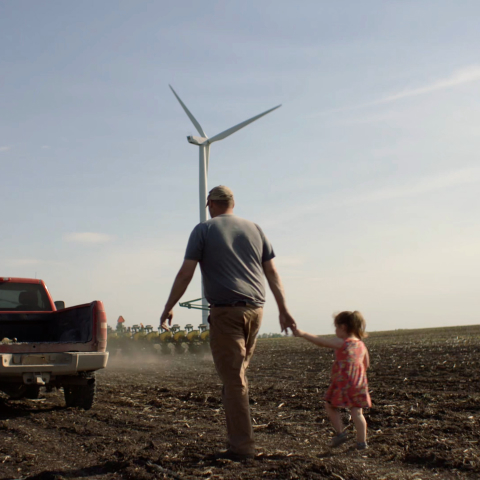The Climate Pledge is collaborating with the National Geographic Society to support climate storytelling as part of the Society’s Global Storytellers Fund. Over the next three years, we will empower 15 National Geographic Explorers to document the global climate crisis through authentic storytelling and illuminate the challenges, solutions, and communities on the front lines. The collaboration will also support up to 45 mentees as part of the Society’s Second Assistant Program, which empowers early career women and storytellers of color by training them and placing them in the field alongside National Geographic Explorers.
The first five National Geographic Explorers to be supported through this collaboration include:
Climate resilience in communities facing glacier melt in the Himalayas, Alps, and the Andes
Peatland ecosystems globally focused on five significant peatlands in Latin America, Africa, Asia, and Northern Europe
- Miora Rajaonary
Climate impacts on food supply and agricultural solutions to Southern Madagascar’s “Kéré,” or period of hunger
Traditional Indigenous methods of conservation land-management and climate change mitigation communities in Russia’s Bikin National Park and Palau
Climate and environmental justice in the Southern United States

